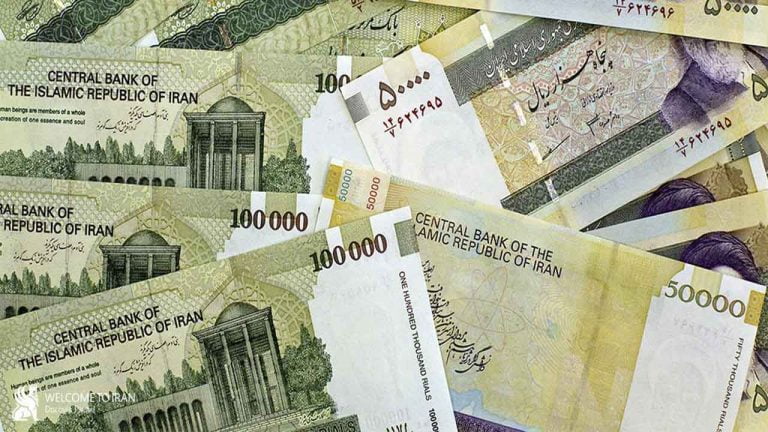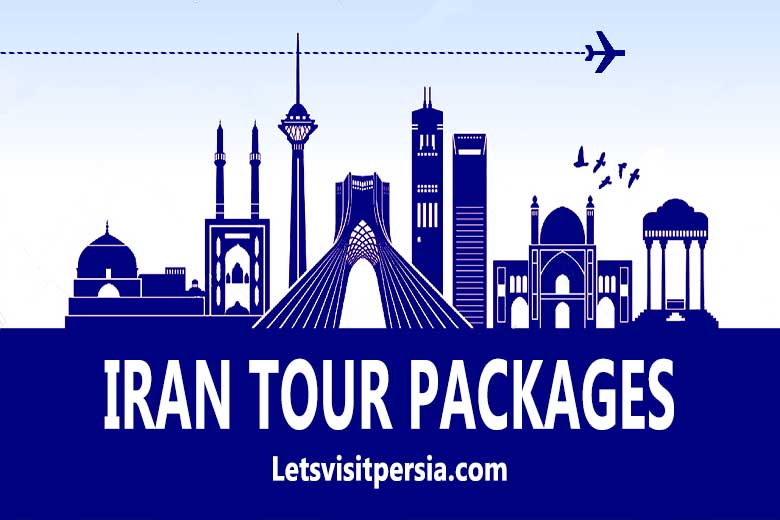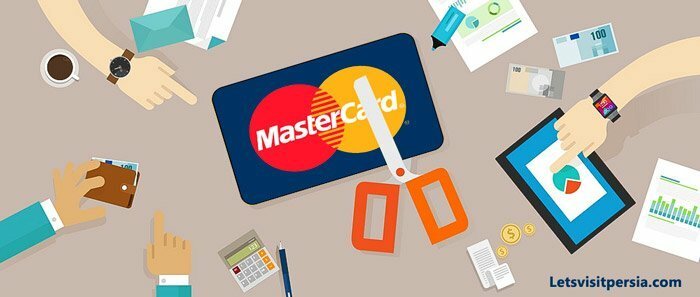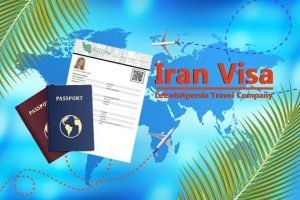
Iran Currency
Everything travelers need to know about the Iranian currency
Iran currency has changed many times throughout history. From gold and silver coins being minted around 500 BC to the current rial, Iran has had more than 50 different currencies.
The Currency of Iran - Rial vs Toman
The rial was chosen as the official currency in the early 19th century and remains so today. However, an interesting and potentially confusing point for visitors is that Iranians often use the term “toman” casually to refer to money.
Every 10 rials is equal to 1 toman. While the rial appears in official documents and banking, people commonly use the toman in everyday conversations.
For example, a 1,000,000 rial note equals 100,000 tomans.
The Toman (10 Rials) is mostly used to express amounts of money and prices in Iran.
Toman is more common in speaking, while Rial is the official unit and is used in official documents. every 1,000 Tomans is 10,000 rial and 2 million Tomans is 20 million rial.
Iran Currency – Common Banknotes in Iran
Because of the severe fall in the currency’s value in recent years, many older banknotes are no longer in use and have been replaced with larger denominations, some of which we will mention here.
– 5,000 Rial Banknote
– 10,000 Rial Banknote
– 20,000 Rial Banknote
– 50,000 Rial Banknote
– 100,000 Rial Banknote
– 500,000 Rial Banknote
– 1,000,000 Rial Banknote
– 2,000,000 Rial Banknote
Note: Smaller bills and coins are still valid but are rarely used.
Note: Do not rely on the color of a banknote to identify its value, as colors and designs vary. Always check the numbers on the bill.
Prices on Signs and Store Menus
In Iran, you’ll see numbers written in both Persian and English, so getting familiar with Persian numbers will help you understand prices more easily.
Just a heads-up: the symbols “,” and “.” are used differently here. For example, 50,000 rials is actually 5,000 tomans.
Also, stores and menus don’t say “thousand” if you see 85, it means 85,000 tomans right away!
Another important point to pay attention to is the addition of taxes and service charges, which are usually indicated at the bottom of the receipt.
Your final payment will be the total of the listed price of the item (or the price quoted by the seller) plus any applicable taxes.
It is recommended to check the receipt after making a purchase.
The current VAT rate in Iran is 10%.
| English Digit | Persian Digit | Pronunciation |
|---|---|---|
| 0 | ۰ | sefr |
| 1 | ۱ | yek |
| 2 | ۲ | do |
| 3 | ۳ | se |
| 4 | ۴ | chahar |
| 5 | ۵ | panj |
| 6 | ۶ | shesh |
| 7 | ۷ | haft |
| 8 | ۸ | hasht |
| 9 | ۹ | noh |
Prices in Everyday Use
Generally, all official transactions are in Rials, but prices in shops, on products, and on receipts can be in Rials or Tomans. When taking a taxi, the fare is typically quoted in Tomans.
Note: When shopping, always ask whether the price is in Rials or Tomans.
Exchanging Money in Iran
Due to international sanctions, exchange rates in Iran can be all over the place depending on the current political and economic climate.
Most banks (both private and state-owned) don’t handle currency exchange, so your best bet is to visit an exchange office, which is called “Sarafi” in Iran.
Just keep in mind that rates can vary from one office to another and can change throughout the day.
It’s a good idea to get help from a guide or a trusted local when exchanging money.
Iran currency exchange for tourists
There is also a bustling black market for buying and selling foreign currencies, where you might find better rates than at official exchange offices.
However, it’s wise to go with a local if you decide to explore that option. The dollar and euro are the most commonly accepted currencies in Iran, so it’s best to bring those with you.
Exchange offices typically operate from 9 AM to 4 PM, but here’s a tip: new, undamaged banknotes are way easier to exchange and get better rates. Always count your money in front of the seller after you receive it to avoid any mix-ups.
Iran Currency - Cash or Card
As mentioned, you won’t be able to use international bank cards in Iran.
Although locals use a domestic banking system for their purchases, these cards are only for account holders within the country.
If you’d prefer to use a card, ask your agency or guide to help you get a bank card loaded with cash after you exchange your money.
Private companies have started offering “tourist cards” that can be used in Iran, but the conversion rates and fees are often debated among travelers.
In larger stores that sell carpets and other handicrafts, you might be able to use international cards for big purchases, but in most situations, rials are required.
Practical Tips for Tourists in Iran
It’s a good idea to always have some cash handy so you avoid digging through your wallet for every small purchase.
Bring cash if you’re traveling to smaller villages, where access to ATMs or card machines might be limited.
If a price seems a bit high, feel free to offer a more reasonable amount in a friendly way because haggling is just part of the shopping experience in the markets.
When you take a taxi, make sure to agree on the fare beforehand and carry enough cash with you.
Possible Future Changes to the Iranian Currency
Due to several economic factors, including the decreasing value of the Iranian rial against foreign currencies, the government plans to remove four zeros from the national currency.
This adjustment aims to make financial transactions easier, reduce the cost of printing and maintaining banknotes, and help rebuild public confidence in the currency.
As part of this change, the official unit of currency will shift from the rial to the toman.
This means that the way people write and say prices will finally match, which will make dealing with money much simpler for everyone, including travelers.
It will also reduce confusion and make daily transactions more straightforward.
Friendly Tips from a Local Guide
Bring cash in clean $50 or $100 bills or euros when traveling to Iran. Small, worn, or folded bills often receive lower exchange rates than crisp ones.
The bank cards used by locals only work inside Iran. If you’re traveling in a group, you can ask your tour operator or guide to provide a local bank card for shared expenses.
Each traveler can exchange some of their money and add credit to the same card. This works well for group payments such as entrance fees and shared meals.
If you plan to exchange money, you may notice people exchanging currency near bazaars or popular tourist areas. They usually offer rates similar to the informal market, but be cautious and make sure you feel safe and confident when dealing with them.
What If You Run Out of Cash During Your Trip?
Don’t worry. Simply contact your guide or tour coordinator. They will help you transfer money online to a trusted person inside Iran, and you can receive the equivalent amount in Iranian currency. It’s a common situation, and there is always a solution.
Iran Currency FAQ
What currency should I bring with me to Iran?
The most popular currencies to bring to Iran are US dollars and euros. Other currencies, such as British pounds and dirhams, can also be exchanged, but they may not be converted as easily or frequently.
Can I withdraw money from an ATM?
It is not possible to withdraw cash from ATMs using international bank cards; only Iranian bank cards can be used for withdrawals.
How safe is it to change money through street exchangers?
We recommend exchanging money at a currency exchange office (Sarafi) if you are not accompanied by a local. If you choose to exchange cash on the street, be sure to confirm the exchange rate and carefully count the money you receive.
Are dollars and euros accepted in markets?
In recent years, some shops that sell handicrafts and artworks have begun accepting foreign currencies like dollars and euros.
This trend is growing due to the devaluation of the national currency. However, for grocery stores, restaurants, and hypermarkets, you must use Iranian rials.
Is tipping common?
Yes, tipping is common and appreciated. Whether for bellboys, doormen, drivers, guides, or restaurant staff, gratuities can enhance the quality of service you receive.
Is it reasonable to exchange money at the airport?
It is advisable to avoid exchanging money at the airport, except in cases of necessity and only in small amounts.
How often does the exchange rate change in Iran?
The exchange rate can change every day and sometimes multiple times a day. However, these fluctuations are generally minor and can be overlooked.
What is the average price of a meal, a taxi, a coffee, and an entrance to attractions?
An average meal costs about $7. A taxi ride is approximately half a dollar per 2 kilometers, coffee is around half a dollar, and entrance to attractions is about $2.
Are prices different for tourists?
Entrance fees to attractions can vary between tourists and locals. In most other cases, the service fees are the same for everyone and are usually listed on the products.
Should I get a receipt when exchanging money?
If you would like a receipt for your currency exchange, remember that your passport will typically be held at the hotel during your stay. You may need to collect your passport first.
Is it safe to carry a lot of cash in Iran?
Iran is generally considered a safe country. However, it is advisable to carry only what you need for the day. Most hotels provide personal safes in the rooms for storing excess cash securely.
Need Help!? We’re Here
If you feel confused or uncertain during your trip, just message us. We’re travelers too and we’ll be happy to help as a friend.
Shortcut
Tripadvisor: Letsvisitpersia
Trustpilot: Letsvisitpersia
WhatsApp :+989333020393








